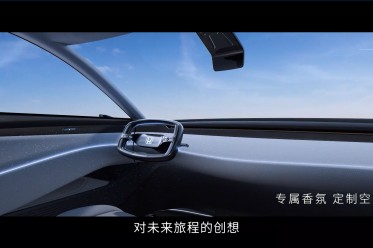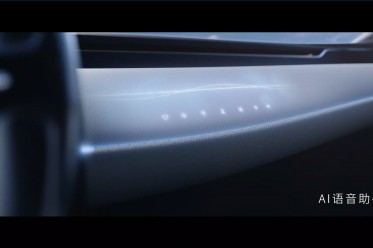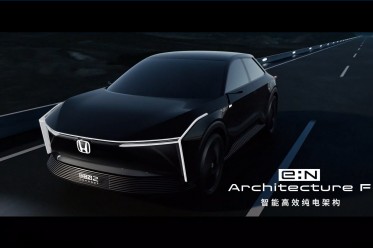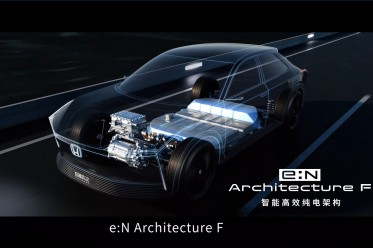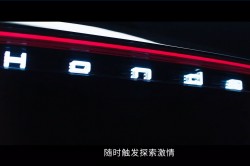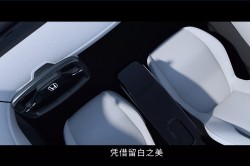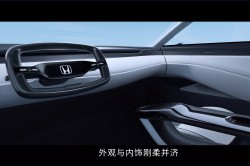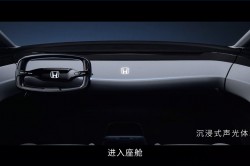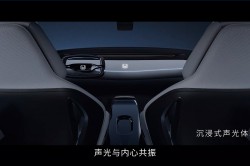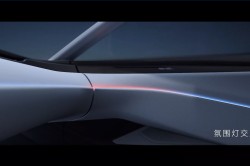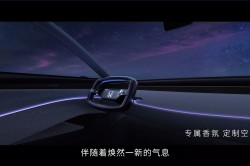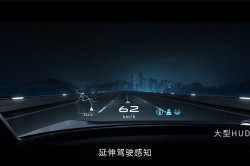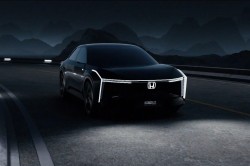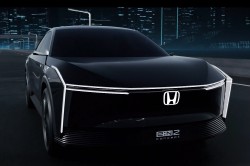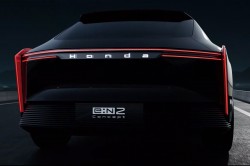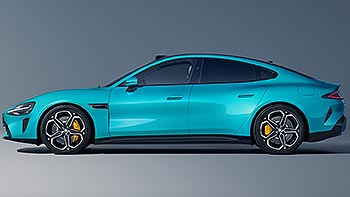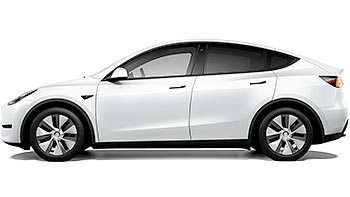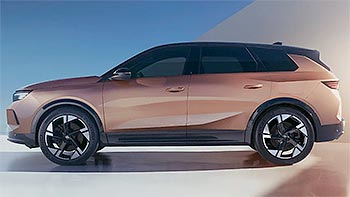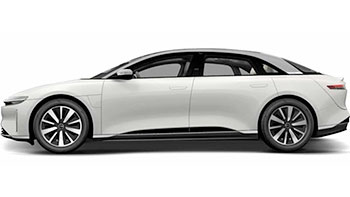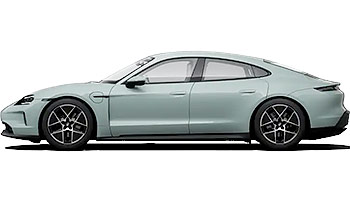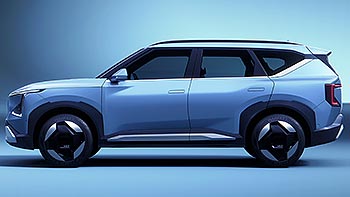Honda e:N2 is yet another electric car destined for China

Sharp edges amplified by thin LED lights and small windows are the future Honda seems to be interested in. The latest concept e:N2 borrows its design cues from the e:N GT concept and takes them a few steps further.

The e:N2 has been designed for the Chinese market and it previews the next upcoming electric Honda liftback. The company hasn’t released any technical details, but it confirmed the e:N2 is using new “F” architecture. This can be significant because electric Hondas made for other markets will most likely use the same underpinnings.
In fact, Honda is using the F platform on the e:NS1 and the e:NP1 electric SUVs already available in China and loosely resembling the Honda HR-V. Both cars are front-wheel drive only and are manufactured by Honda Dongfeng and GAC Honda.

Both cars have 134kW of power and 310Nm of torque and come with a 53.6 kWh battery in a standard model with 420km of CLTC-certified range. The long range versions of both cars come with larger 68.8kWh battery packs and more powerful, 150kW electric motors and as a result the range is increased to 510km.
From the photos released we can glean some details - rather sizable battery pack with just one electric motor powering front wheels. If you thought the exterior was bold take another look at the interior. At first glance there is nothing but the steering wheel.
The displays are cleverly disguised in the dashboard and the information is clearly visible through the semi-transparent layer. It is reminiscent of the older Samsung S10 “Clear View” covers back from the day. It’s an interesting take on infotainment, it makes the interior much cleaner but as with all the wild concept cars - most likely won’t be implemented into the production car.
The e:N2 forms a part of Honda's plan to introduce the first three e:N vehicles within five years. Those three e:N models will be part of 10 in total electric Hondas in China before 2027. Honda is in the process of establishing two new factories in China, both of them are scheduled to start manufacturing in 2024.
There is a lot riding on the e:N2 concept, Honda claims this new vehicle will “redefine the fun electric cars can offer to customers.” The company is putting a lot of effort into offering the mobility space and design as the vehicle’s new value. That will take some time getting used to but we see it from many other manufacturers as well, Hyundai no longer uses the word “interior” - it was replaced with “living space.”
China is becoming very quickly a main market for Honda, the company is investing time and huge amounts of money into a new all-electric portfolio of cars that the rest of the world won’t even see. Electrification efforts for other markets seem to be years away - recent interviews with Honda’s CEO about electric Type-R only confirm that.
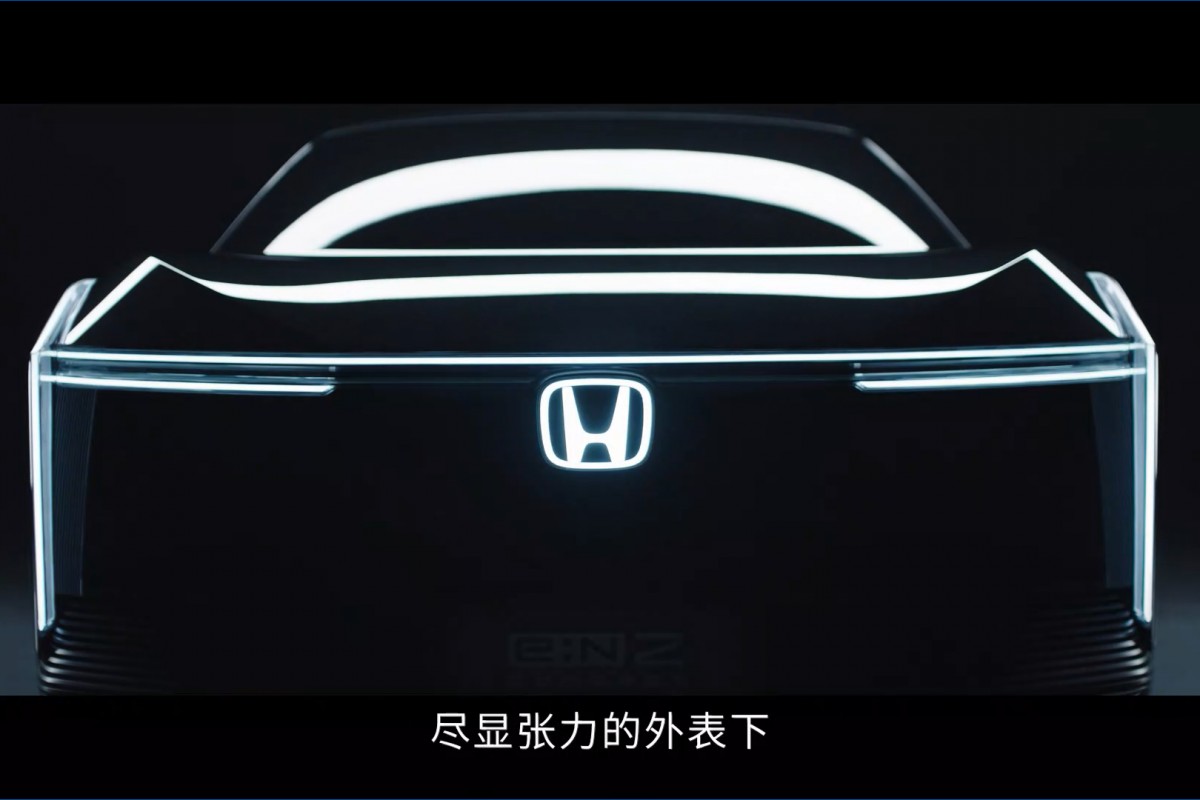
On one hand it’s easy to understand such a decision, it’s pure business and demand for electric cars in China means profits. Let’s hope those profits are then directed to development of EVs for other markets or we will see the demise of Honda outside of Japan and China. This is an unlikely scenario though, Honda is not going to give up on decades of legacy and brand recognition.
Honda is changing its approach and partnering with many other manufacturers - in the US the new Prologue and Acura ZDX will be built by GM and use its Ultium platform. After those two electric SUVs, Honda plans to release a series of more affordable EVs in 2027 - again developed together with GM.
Then there is the Honda-Sony joint venture that plans to release its first car in 2026, it will be manufactured in the US and Honda even plans to export it to Japan. Global manufacturing scene is changing dramatically, in China joint ventures make sense due to local regulations. In the US they make sense because of the incentives offered to US companies. Is Europe going to take a hint?
Related
Reader comments
Nothing yet. Be the first to comment.
